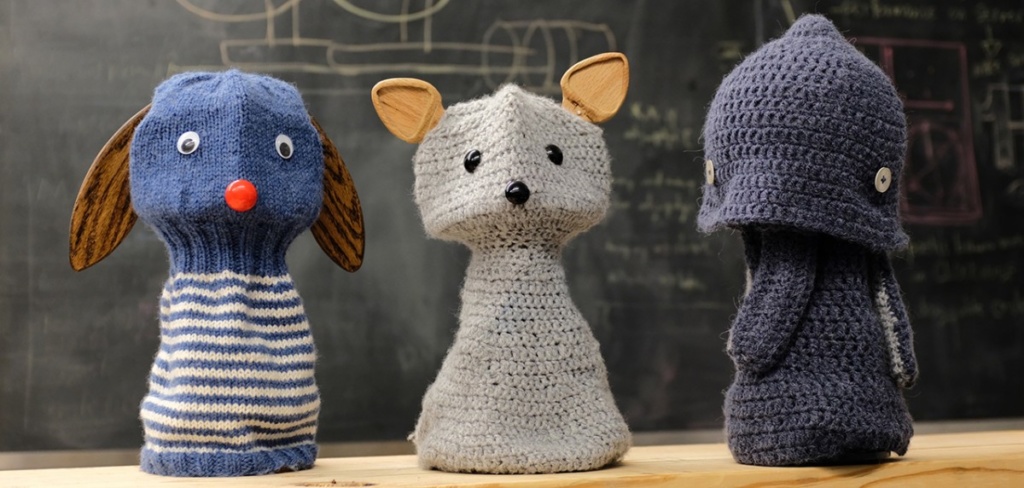 英文
英文中文 RoBERTa-Base 文本分类模型
模型描述
这是由 UER-py 进行微调的 5 个中文 RoBERTa-Base 分类模型集合。您可以从以下链接中的 UER-py Modelzoo page (以 UER-py 格式)或通过 HuggingFace 下载这5个中文 RoBERTa-Base 分类模型:
| Dataset | Link |
|---|---|
| JD full | 1236321 |
| JD binary | 1237321 |
| Dianping | 1238321 |
| Ifeng | 1239321 |
| Chinanews | 12310321 |
如何使用
您可以直接使用文本分类流程来使用此模型(以 roberta-base-finetuned-chinanews-chinese 为例):
>>> from transformers import AutoModelForSequenceClassification,AutoTokenizer,pipeline
>>> model = AutoModelForSequenceClassification.from_pretrained('uer/roberta-base-finetuned-chinanews-chinese')
>>> tokenizer = AutoTokenizer.from_pretrained('uer/roberta-base-finetuned-chinanews-chinese')
>>> text_classification = pipeline('sentiment-analysis', model=model, tokenizer=tokenizer)
>>> text_classification("北京上个月召开了两会")
[{'label': 'mainland China politics', 'score': 0.7211663722991943}]
训练数据
使用了包含 5 个中文文本分类数据集。JD 全部,JD 二分类和点评数据集包含不同情感极性的用户评论。凤凰和中新网数据集包含不同主题类别的新闻文章的首段。它们是由 Glyph 项目收集的,更多细节在相应的 paper 中讨论。
训练过程
模型是由 UER-py 在 Tencent Cloud 上进行微调的。我们在每个模型上进行了三个周期的微调,序列长度为 512,基于预训练模型 chinese_roberta_L-12_H-768 。在每个周期的结束时,当在开发集上获得最佳性能时,保存该模型。我们在不同的模型上使用相同的超参数。
以 roberta-base-finetuned-chinanews-chinese 为例
python3 run_classifier.py --pretrained_model_path models/cluecorpussmall_roberta_base_seq512_model.bin-250000 \
--vocab_path models/google_zh_vocab.txt \
--train_path datasets/glyph/chinanews/train.tsv \
--dev_path datasets/glyph/chinanews/dev.tsv \
--output_model_path models/chinanews_classifier_model.bin \
--learning_rate 3e-5 --epochs_num 3 --batch_size 32 --seq_length 512
最后,我们将预训练模型转换为 HuggingFace 的格式:
python3 scripts/convert_bert_text_classification_from_uer_to_huggingface.py --input_model_path models/chinanews_classifier_model.bin \
--output_model_path pytorch_model.bin \
--layers_num 12
BibTeX 条目和引用信息
@article{devlin2018bert,
title={BERT: Pre-training of Deep Bidirectional Transformers for Language Understanding},
author={Devlin, Jacob and Chang, Ming-Wei and Lee, Kenton and Toutanova, Kristina},
journal={arXiv preprint arXiv:1810.04805},
year={2018}
}
@article{liu2019roberta,
title={Roberta: A robustly optimized bert pretraining approach},
author={Liu, Yinhan and Ott, Myle and Goyal, Naman and Du, Jingfei and Joshi, Mandar and Chen, Danqi and Levy, Omer and Lewis, Mike and Zettlemoyer, Luke and Stoyanov, Veselin},
journal={arXiv preprint arXiv:1907.11692},
year={2019}
}
@article{zhang2017encoding,
title={Which encoding is the best for text classification in chinese, english, japanese and korean?},
author={Zhang, Xiang and LeCun, Yann},
journal={arXiv preprint arXiv:1708.02657},
year={2017}
}
@article{zhao2019uer,
title={UER: An Open-Source Toolkit for Pre-training Models},
author={Zhao, Zhe and Chen, Hui and Zhang, Jinbin and Zhao, Xin and Liu, Tao and Lu, Wei and Chen, Xi and Deng, Haotang and Ju, Qi and Du, Xiaoyong},
journal={EMNLP-IJCNLP 2019},
pages={241},
year={2019}
}




















